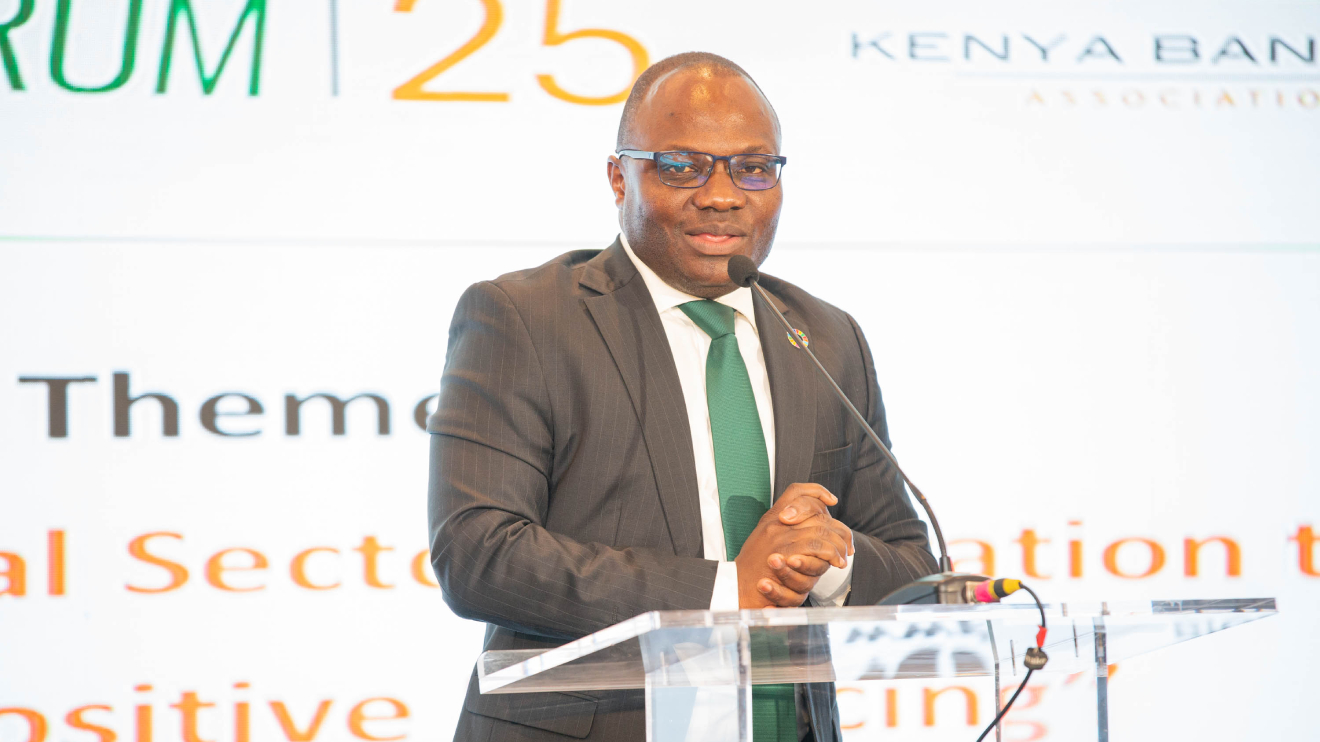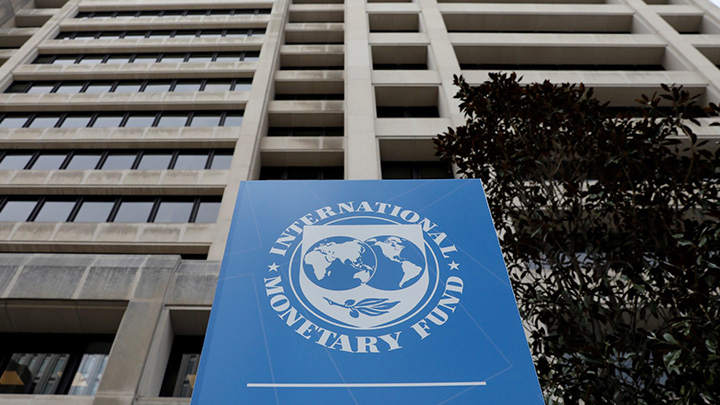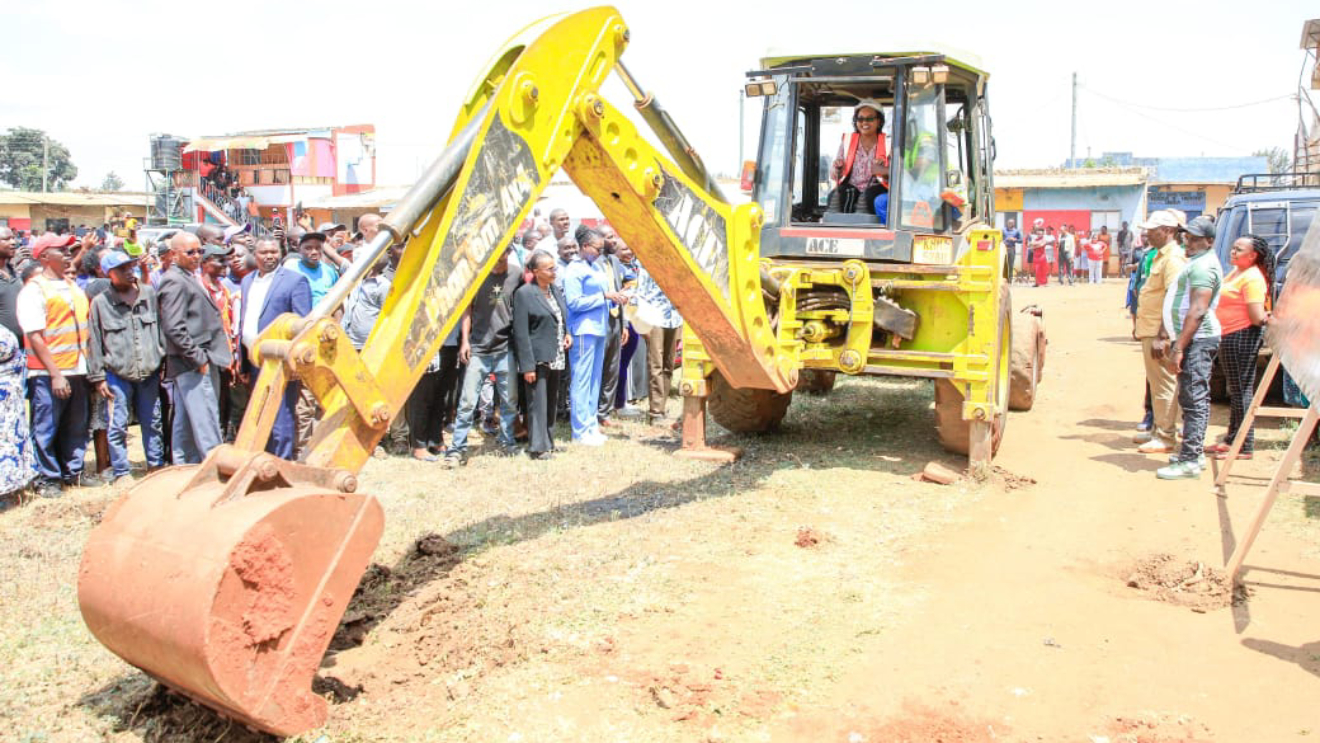Kenya is set to witness a strategic shift in its infrastructure development landscape as the African Development Bank (AfDB), one of the country’s primary financiers, announces a significant change in funding priorities.
The multilateral lender, known for its critical role in supporting Kenya's development projects, will now channel its resources primarily into transport and water infrastructure, aiming to amplify economic productivity over the next seven years.
In an official review of its Kenya funding program, the AfDB stated, "The Bank will adopt a different approach to selectivity, narrowing the broad infrastructure projects to only two sectors, namely transport and water and sanitation, to enhance productivity and competitiveness.
This transition, effective from this year until 2028, marks a departure from the current funding distribution where energy projects rank as the third largest beneficiaries of the AfDB's portfolio in Kenya's infrastructure development.
The move aligns with the lender's vision to prioritize areas with the greatest potential to spur economic growth.
Read More
Transport projects, constituting 37 per cent of the total funding to Kenya, take the lead in the AfDB's current portfolio, closely followed by water and sanitation at 20 per cent.
Energy, accounting for 17 per cent, will see a reduction in funding under the new strategy, impacting a sector vital for the nation's power needs.
AfDB justifies the emphasis on transport and water by highlighting the substantial impact on job creation.
"Water will involve dams and irrigation that support greater agricultural productivity," the lender states.
The intensified focus on roads is projected to bring about a tangible transformation in transit efficiency.
Public service vehicles are expected to experience an increase in average speed from 40 km/hour in 2022 to 60 km/hour by 2028.
Simultaneously, transport operating costs are anticipated to plummet from an average of $0.85 (Sh135.06) to $0.50 (Sh79.74) per vehicle/km during the same period.
Water projects, another key area of concentration, aim to address critical needs in industry and agriculture.
The AfDB anticipates a significant boost in water consumption by industries, projecting an increase from 1,500 cubic meters per day in 2022 to 16,000 cubic meters per day in 2028.
Moreover, water treatment capacity is set to witness a substantial rise from 1,000 cubic meters to 6,000 cubic meters during the same period.
This strategic shift aligns with AfDB's commitment to fostering sustainable economic development and is poised to play a vital role in shaping Kenya's infrastructure landscape over the coming years.
As the second-largest multilateral lender to Kenya, with 51 ongoing projects valued at Sh629.7 billion (UA 3 billion) as of July last year, the AfDB's recalibration signals a new era for Kenya's economic growth and job creation.





-1757663582.jpeg)

-1757586635.jpg)

